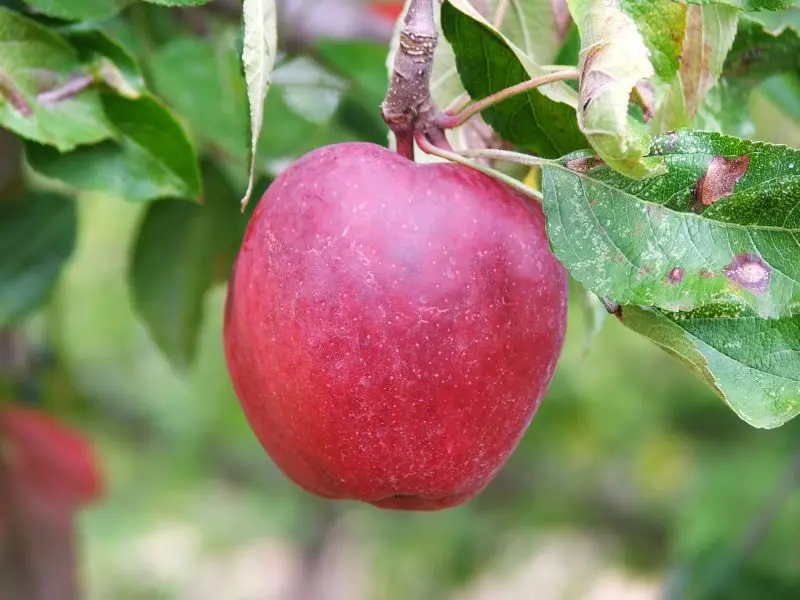The leaves are turning crimson, the fruits of winter apple varieties are glowing, and the pears shine with delicate blossoms… It’s a pleasure to admire the fruits of your labor.
Of course, fruits aren’t harvested until they’ve developed the color, aroma, and flavor characteristic of their variety. However, you shouldn’t delay too long; waiting an extra 3 to 5 days to pick apples can reduce their storage life by two to three months or more.
That’s why fruits meant for immediate consumption or short-term storage, as well as those from winter varieties intended for long-term storage or transport, should be harvested at different stages of ripeness.
Here are some signs that help gardeners know when to harvest. First and foremost is the color typical of the variety. This is when fruits transition from green to yellowish-green, then yellow, and in some varieties, to golden-orange or red. Naturally, they should also have developed the flavor characteristic of their type.
Just like apples, it’s equally important to harvest pears at the right time. It’s said that in the fall, a farmer gathers the harvest with one hand while sowing with the other.
We’ve previously discussed how to plant seedlings. Let’s quickly revisit some rules to avoid common mistakes.
First, be careful not to plant trees too close together. When they’re small, the distance between them may seem ample. But a few years down the line, the canopies of trees planted too closely will overlap. This will reduce light exposure, causing branches to stretch upward, while fruit buds are formed on the outer edges of the canopy, making it difficult to harvest the fruit from the top. That’s why it’s essential to maintain the spacing recommended for each species and variety of fruit trees.
Gardeners often make mistakes when applying fertilizers. Excessive amounts of organic fertilizers can lead to “lush growth” in young trees, slowing their growth. High doses of chemical fertilizers can increase the concentration of salts in the soil, which can harm the trees. On the other hand, small doses, especially in poor soils, do little to improve growth and fruiting. For these reasons, it’s important to adhere to the optimal fertilizer dosage for the soil composition of each plot. Less fertilizer is needed for black soil, while sandy and clay soils require more.
Weak fruiting in apple, plum, and cherry trees can often be attributed to improper selection of pollinator varieties. In such cases, the trees may bloom beautifully, but there’s no harvest. It’s necessary to plant a pollinator tree with similar blooming times next to single-variety trees. When space is limited, grafting pollinator cuttings into the canopy of the main variety can be a solution.

